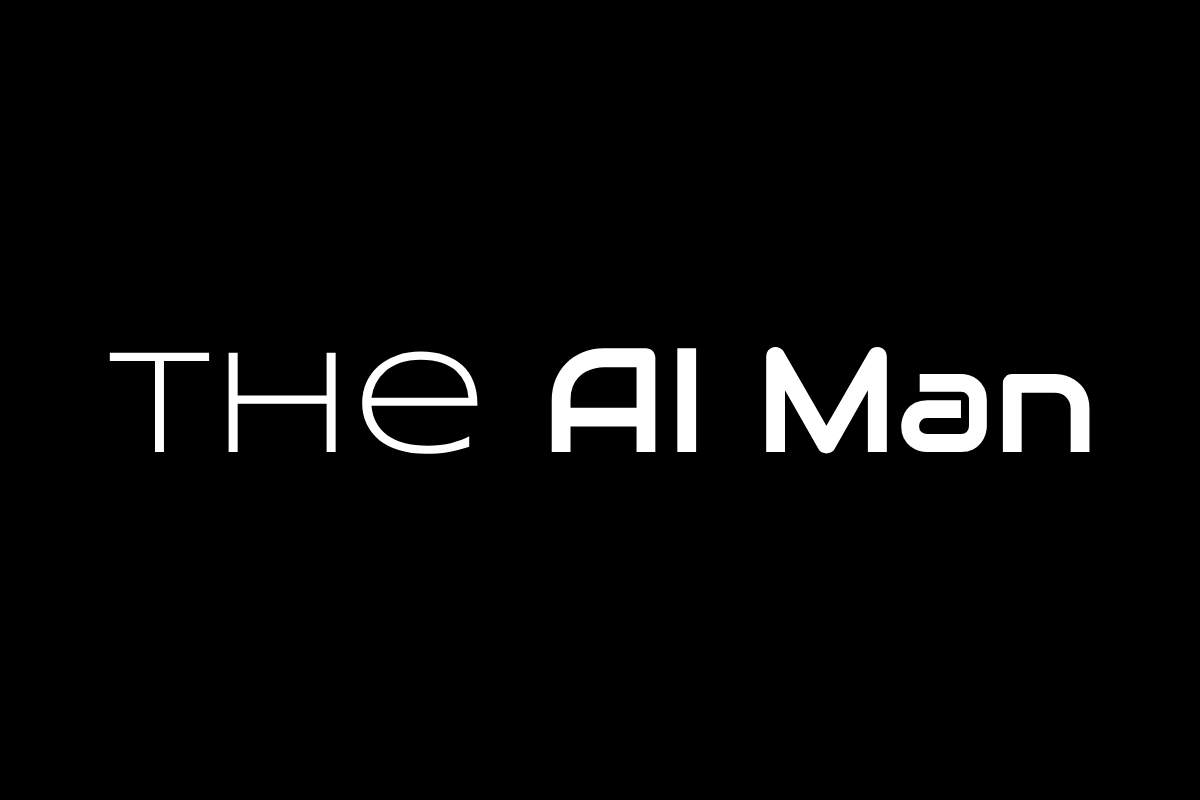Did you know that nearly half of top executives believe AI adoption is splitting their companies down the middle? While everyone talks about the opportunity, few realize how much AI can disrupt organizational unity. Recent studies show that as organizations pour more resources into AI, unexpected fault lines emerge—often between tech teams and business leaders.

Source: Pexels (Yan Krukau)
The Real Reason AI Strategies Succeed (or Fail)
Companies with a formal AI strategy are twice as likely to succeed (80%) compared to those without (37%). But here’s what most leaders overlook: having a plan is about more than picking the latest tools or throwing money at new hires. The real difference lies in company culture and processes. In fact, research from top consulting firms reveals that 70% of AI project failures come down to people and process issues, not technological shortcomings or poor algorithms.

Internal Friction: Where Does It Come From?
Two-thirds of surveyed executives lately admitted AI has caused rifts between departments, especially IT and business units. Sometimes, teams even compete for ownership of AI direction. Shockingly, nearly a third of staff admit to sabotaging AI initiatives—not because they hate technology, but because they don't feel involved or empowered in the planning. The result? Miscommunication, duplicated efforts, and missed opportunities.

BCG's research reveals that 70% of AI implementation challenges stem from people and processes, not technology issues
The Talent Premium: Following the Money
While some companies are paralyzed by internal struggles, savvy professionals with multiple AI skills now earn up to 43% higher salaries. Specialized roles like recommendation system engineer can reach $195,000 a year—so it’s clear that AI know-how is a ticket to career acceleration. The bottom line? The companies that harmonize their AI vision will attract and retain this top talent, while others face costly turnover.

What Actually Works?
Organizations spending over a million dollars on AI see great potential—but fewer than a third get the returns they expect. The ones closing the gap don’t just deploy better technology; they prioritize education, cross-team collaboration, and define clear AI ownership from top to bottom.
Key Takeaway
The AI divide isn’t just a tech challenge—it’s a people challenge. Companies that master internal alignment, empower employees, and develop flexible strategies will not only outpace rivals, but also turn AI disruption into a lasting advantage.
You heard it here first!

